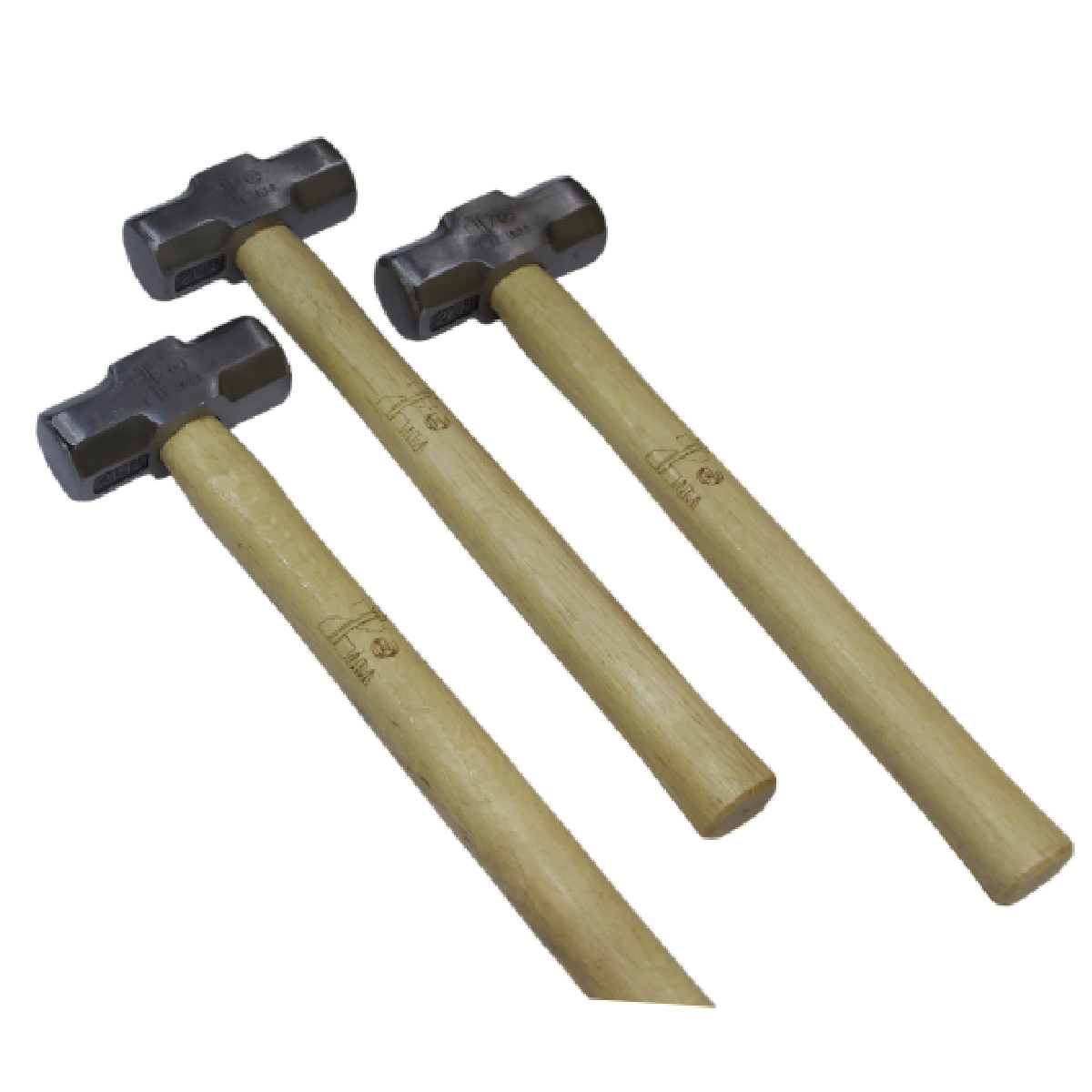
Safety is very important in construction and architecture, especially when it involves foot-traffic areas. The use of bush-hammered concrete is now popular for making surfaces that look beautiful and are safe to use at the same time.
The Causes of Slip Resistance
The factor that determines how slip-resistant a material is depends on how much friction forms between the surface and the things touching it. Because of their smooth finish, concrete surfaces give little grip even when the surface is wet, which can be hazardous. Bush hammer concrete achieves this by making the surface rougher, and the higher roughness leads to higher friction.
Water draining properly is important for good slip resistance. Water has a way to escape along the raised lines made by bush hammering, which helps to avoid a big pool forming under the shoe. The tiny bumps and hollows etched on the concrete mean the tires have many touch points for traction, also in wet conditions.
Where it is important for a surface not to be slippery, bush hammer concrete is the solution. Swimming pools account for a large number of uses, given that the deck gets wet and people step onto it without shoes. The raised surface gives a good grip on the floor without making it uncomfortable for bare feet.
Bush hammering is very beneficial for commercial walkways and plazas. Areas outside that face rain, snow, or wetness from sprinklers or drip systems call for surfaces that can remain grippy in any weather. Repairs are not needed for a long time because bush hammer concrete withstands the elements well.
Aesthetic versatility represents a significant advantage of bush hammer concrete. The process can create various visual effects depending on the aggregate type, concrete mix design, and hammering intensity. Architects can achieve anything from subtle texture that enhances grip without dramatically altering appearance to bold patterns that become design features.
Maintenance requirements for bush hammer surfaces remain reasonable compared to other slip-resistant treatments. The integral nature of the texture means it cannot wear away like applied coatings or treatments. Regular cleaning with standard methods maintains both appearance and performance characteristics.
Durability stands out as another key benefit. Bush hammer concrete withstands heavy traffic, weather exposure, and mechanical stress without losing its slip-resistant properties. The treatment becomes part of the concrete structure rather than a surface application, ensuring longevity that matches the underlying concrete lifespan.
Proper timing during concrete curing affects bush hammer results significantly. The concrete must reach sufficient strength to prevent excessive damage while remaining soft enough for effective texturing. Experienced contractors understand how to evaluate concrete readiness and adjust techniques accordingly.
Quality control during the bush hammering process ensures consistent results across the project. Regular testing of slip resistance values helps verify that the treatment meets specification requirements. Professional contractors use standardized testing methods to document performance characteristics for building code compliance.
Bush hammer concrete offers a proven method for enhancing slip resistance while maintaining the economic and structural advantages of concrete construction. The treatment provides long-term safety benefits that justify the additional processing costs through reduced liability exposure and maintenance requirements.